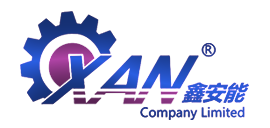
Conveyor, also known as conveyor line, refers to the line body that plays a role in transportation and transition in the automated production process, and the commonly used conveyors are: roller line, belt line, chain line, chain plate line, etc. But no matter what kind of conveyor, it will involve the problem of installation, today we will share with you from a professional point of view what are the precautions for conveyor installation?
1. Confirm the venue. The confirmation site mentioned here is based on the original drawings, the actual measurement and installation site, to ensure that the assembly line can be placed in the designated site after the assembly is completed, otherwise there will be a situation that the line assembly site cannot be placed.
2. Turn on the power supply and air source. This step is the most important two contents in the whole installation process, and the requirements for connecting these two contents are not only to be turned on and used, but also to ensure that the power supply and air source are not leaking, and at the same time, they must be relatively neat and can not affect the future use of the equipment.
3. Check the overall use of the equipment has been operational. The so-called installation and commissioning is not to turn on the power supply and run it, as long as it can be used, it is more important to find potential problems with the equipment through operation, and eliminate them in time, which is the top priority of the commissioning work, if you can't do this, the commissioning work is a failure.
In addition to the three points mentioned above, if the conveyor is used with other supporting equipment such as balers and sealing machines, it is necessary to check whether the table height and speed of the other equipment are matched.